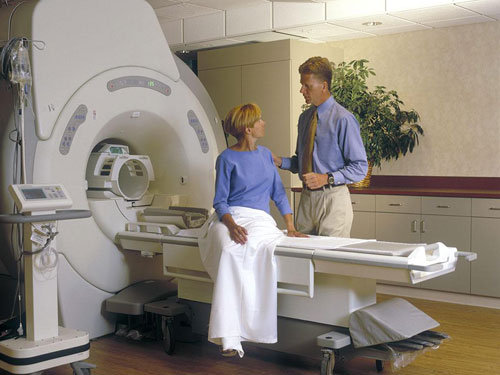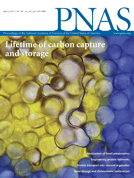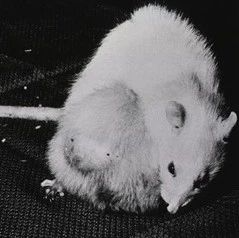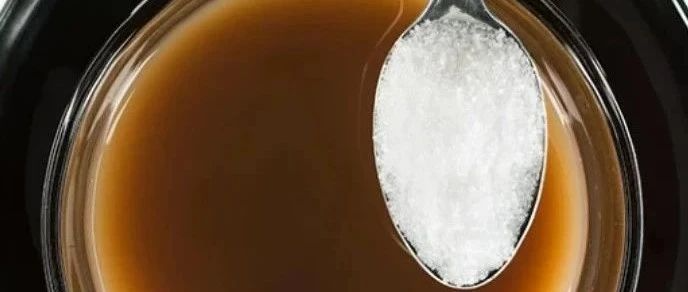导读:日本一项新研究发现,对于癌症发病和复发起到重要作用的癌干细胞,能够自己分泌其生存必需的各种蛋白质。如果能够破坏这个机制,就有望防止癌症的复发。

癌干细胞是指具有干细胞性质的癌细胞,有“自我复制”以及“多细胞分化”等能力。这类细胞被认为有形成肿瘤乃至发展成癌症的潜力。现在的癌症治疗主要是通过药物和放疗等杀死癌细胞。但是,如果有癌干细胞残留,癌细胞就会再次增殖,而彻底杀死癌干细胞的技术一直没有重大进展。
东京大学医学研究所研究人员在新一期美国《国家科学院学报》网络版上报告说,他们从乳腺癌患者的癌组织中,成功提取出癌干细胞,研究发现,癌干细胞能够自己分泌其生存所必需的各种物质,包括细胞分裂和自我复制时需要的蛋白质等。
研究小组还发现,癌干细胞分泌的物质还会进入血液中。研究人员说,这一发现意味着可以通过血液检查发现癌干细胞是否在增加,从而有望对癌症的发病和复发等进行早期诊断。

 ErbB receptor tyrosine kinase/NF-κB signaling controls mammosphere formation in human breast cancer
ErbB receptor tyrosine kinase/NF-κB signaling controls mammosphere formation in human breast cancer
Kunihiko Hinohara, Seiichiro Kobayashi, Hajime Kanauchi, Seiichiro Shimizu, Kotoe Nishioka, Ei-ichi Tsuji, Kei-ichiro Tada, Kazuo Umezawa, Masaki Mori, Toshihisa Ogawa, Jun-ichiro Inoue, Arinobu Tojo, and Noriko Gotoh
Breast cancer is one of the most common cancers in humans. However, our understanding of the cellular and molecular mechanisms underlying tumorigenesis in breast tissues is limited. Here, we identified a molecular mechanism that controls the ability of breast cancer cells to form multicellular spheroids (mammospheres). We found that heregulin (HRG), a ligand for ErbB3, induced mammosphere formation of a breast cancer stem cell (BCSC)–enriched population as well as in breast cancer cell lines. HRG-induced mammosphere formation was reduced by treatment with inhibitors for phosphatidyl inositol 3-kinase (PI3K) or NF-κB and by expression of IκBα-Super Repressor (IκBαSR), a dominant-negative inhibitor for NF-κB. Moreover, the overexpression of IκBαSR in breast cancer cells inhibited tumorigenesis in NOD/SCID mice. Furthermore, we found that the expression of IL8, a regulator of self-renewal in BCSC-enriched populations, was induced by HRG through the activation of the PI3K/NF-κB pathway. These findings illustrate that HRG/ErbB3 signaling appears to maintain mammosphere formation through a PI3K/NF-κB pathway in human breast cancer.






